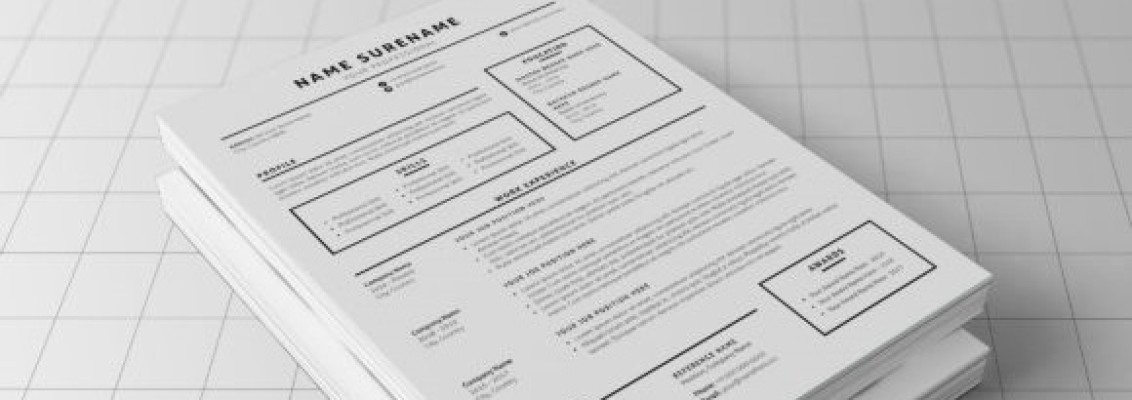Information Desk | Nov 18, 2024
Table of Content
- 1. Start with an Engaging Headline or Title
- 2. Define Your Key Strengths
- 3. Summarize Your Professional Experience
- 4. Emphasize Measurable Achievements
- 5. Demonstrate Industry Knowledge
- 6. Highlight Soft Skills and Leadership Qualities
- 7. Tailor for the Intended Role or Audience
- 8. Articulate Your Value Proposition
- 9. Emphasize Relevant Certifications and Educational Qualifications
- 10. Uphold a Professional Yet Authentic Tone
Categories
Creating a strong professional personal profile is essential for making a positive impression on resumes, online platforms like LinkedIn, or during networking events. The following are key components to consider when developing an engaging personal profile:
1. Start with an Engaging Headline or Title
- Clearly define your professional role or identity.
Example: "Experienced Marketing Strategist | Specialist in Data-Driven Growth"
2. Define Your Key Strengths
- Highlight your unique skills, main competencies, or areas of specialization.
Example: "Proven expertise in digital marketing, brand management, and consumer insights."
3. Summarize Your Professional Experience
- Provide a concise overview of your career achievements and milestones.
Example: "With over eight years of experience managing cross-functional teams, I have driven a 35% increase in revenue in competitive markets."
4. Emphasize Measurable Achievements
- Include specific numbers, percentages, or outcomes to demonstrate your contributions.
Example: "Led a team that enhanced operational efficiency by 25% and reduced costs by $200,000 annually."
5. Demonstrate Industry Knowledge
- Mention any extensive knowledge or experience in particular industries or sectors.
Example: "Deep understanding of fintech and SaaS product development processes."
6. Highlight Soft Skills and Leadership Qualities
- Identify your interpersonal skills and leadership strengths.
Example: "Recognized for fostering collaborative team environments and mentoring junior professionals."
7. Tailor for the Intended Role or Audience
- Adjust your profile to align with the specific job, industry, or platform you are targeting.
Example: A LinkedIn profile may adopt a more narrative approach, while a resume profile should be concise.
8. Articulate Your Value Proposition
- Clearly communicate what you bring to the table and how you can solve challenges for employers or clients.
Example: "Dedicated to delivering innovative solutions that drive business success."
9. Emphasize Relevant Certifications and Educational Qualifications
- Include key credentials that bolster your professional reputation.
Example: "Certified Project Management Professional (PMP) with an MBA from [Institution]."
10. Uphold a Professional Yet Authentic Tone
- Use language that is both formal and reflects your individual character and passion for your field.
Sample Profile Example:
"Innovative software engineer with over ten years of experience in developing scalable web applications and improving user experiences. Skilled in JavaScript, Python, and cloud architecture, with a proven track record of reducing system downtimes by 40%. Dedicated to leveraging technology to drive business innovation and improve operational efficiencies."



